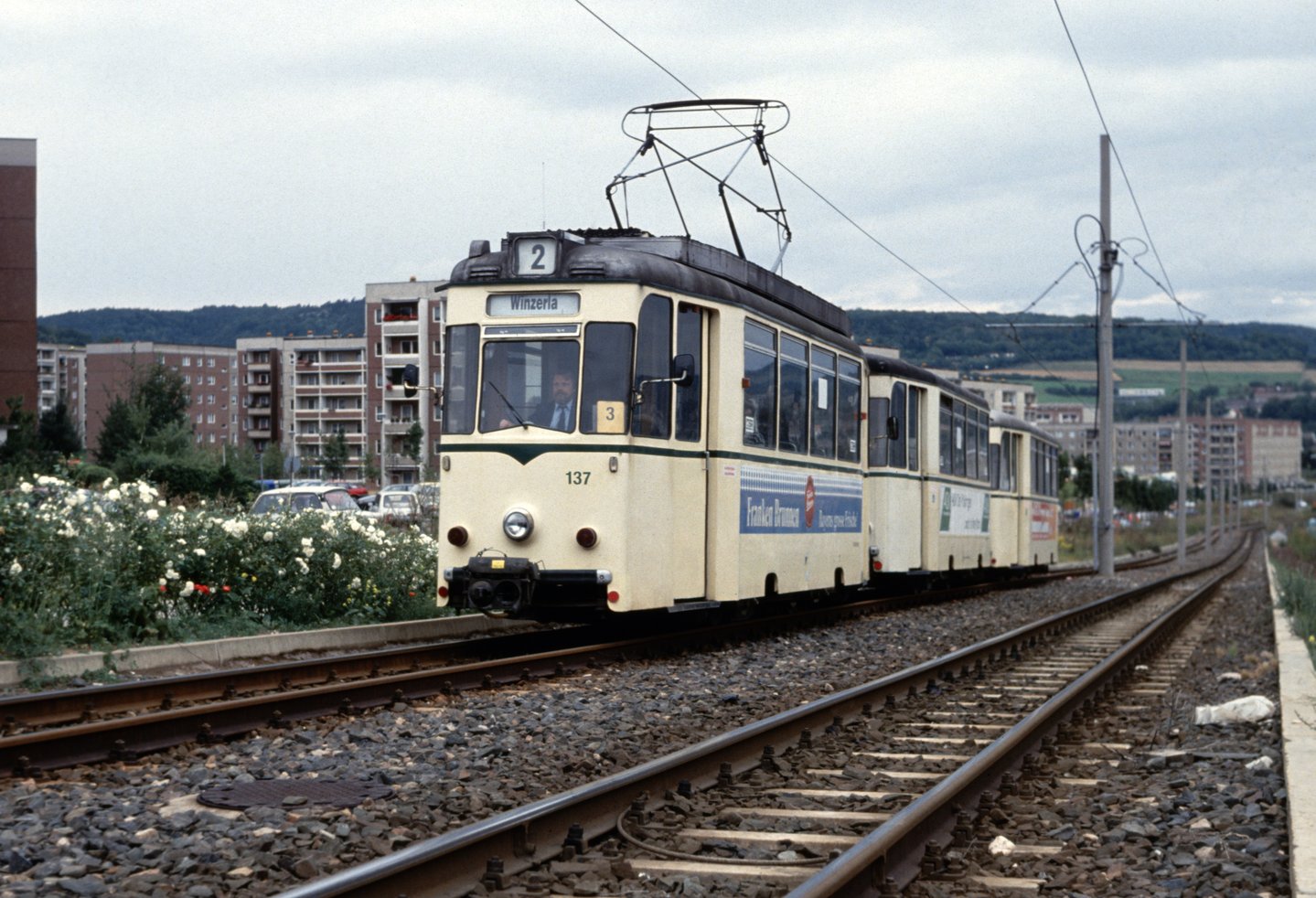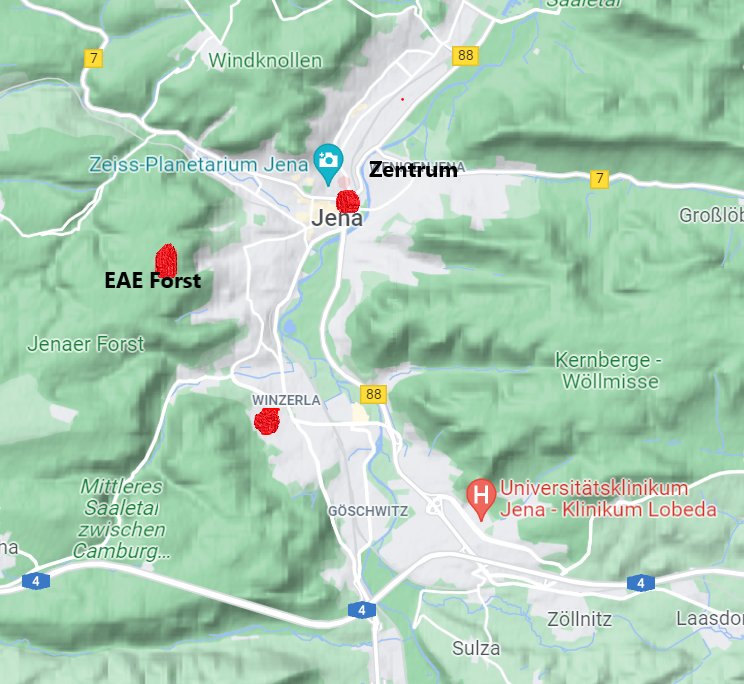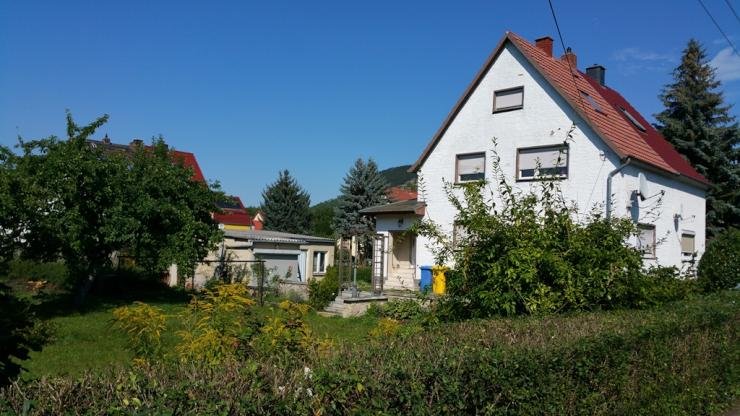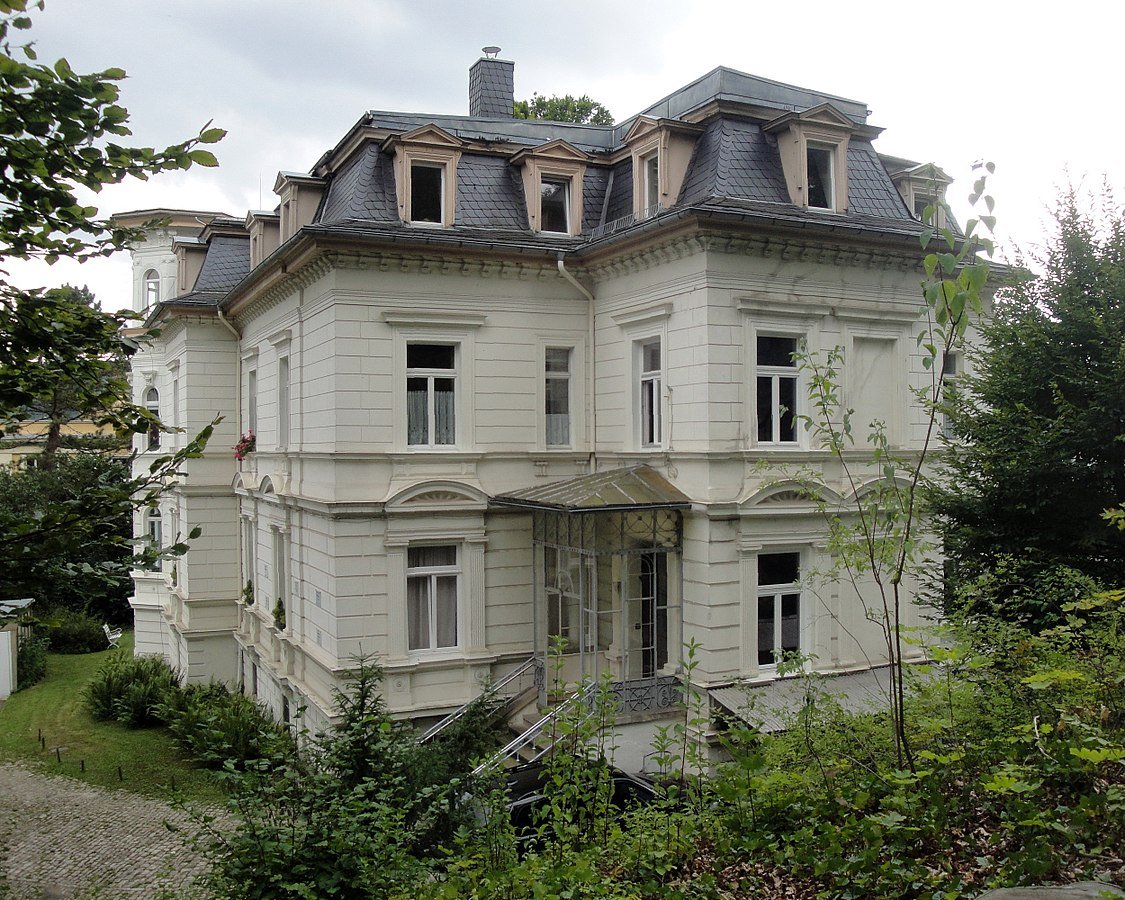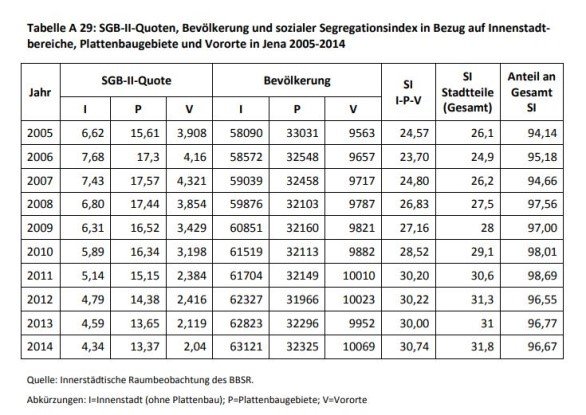In February 2000, three right-wing extremist attacks were documented within just a few days.
February 16: A 14-year-old neo-Nazi stabbed another youth in the stomach with a knife at the bus station.
February 19: A politically active refugee from Cameroon and member of The Voice was chased and threatened by neo-Nazis while getting off the tram in Leipziger Straße in North Jena. He was able to save himself in his apartment, but the pursuers continued to drum against the door for a long time.
February 23: Twenty neo-Nazis pursued and chased four youths who had been waiting at Westbahnhof for a train to Gera.
Two months later, neo-Nazis who had seriously injured a man from Zaire with a baseball bat in front of his apartment door in Lobeda used the tram to flee undetected. In August, a tram driver racially insulted a passenger who had fled because he had forgotten to stamp his ticket. He also physically assaulted him.*
